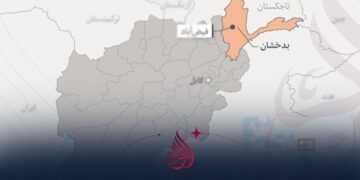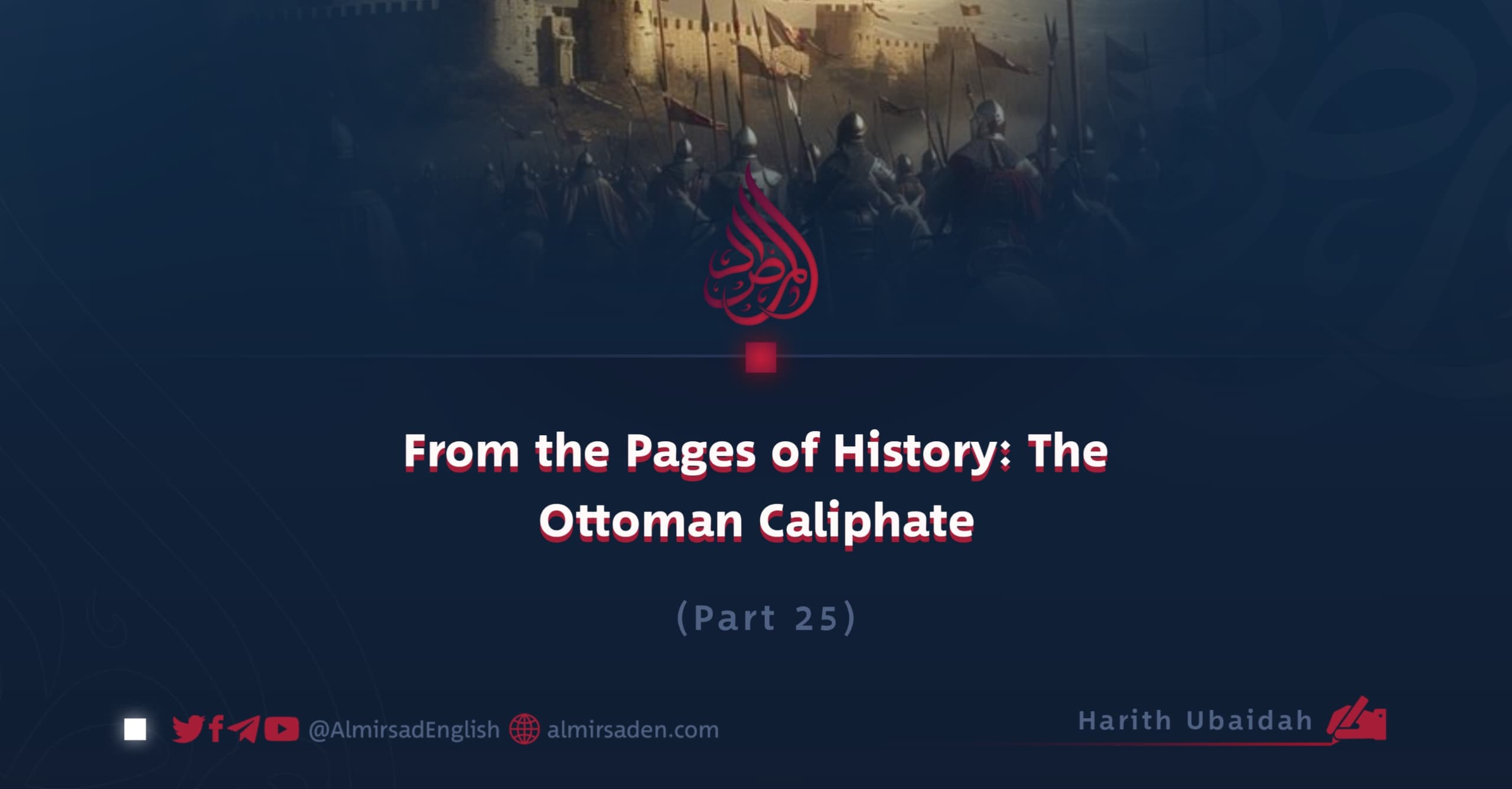Part 25
By Harith Ubaidah
Murad II
Murad II succeeded his father, Mehmed Çelebi, in 824 AH (1421 CE). He was barely eighteen years old at the time, yet despite his youth, he quickly proved himself a capable and determined ruler. Murad possessed a deep passion for striving in the cause of Allah and longed to carry Islam into the lands of Europe.
Among his subjects, he became renowned for his piety, justice, compassion, and generosity. Soon after his accession, Sultan Murad faced serious internal unrest. His uncle Mustafa, supported by Murad’s enemies, launched a rebellion against him. Behind these intrigues stood the Byzantine emperor Manuel II, who provided Mustafa with every kind of assistance, even laying siege to the city of Gallipoli. Murad, however, acted decisively: he captured his uncle and had him executed, putting an end to the immediate threat.
Yet Manuel II did not cease his plotting. He incited Murad’s brother to rise against him, even appointing him commander of his forces for a time, and succeeded in capturing the city of Nicaea in Anatolia. Murad responded by swiftly mobilizing his army, defeating the rebel forces, and restoring order. His adversaries were compelled to surrender, and the Sultan exacted punishment on the emperor of Constantinople for his repeated intrigues. Though the Byzantines attempted to contain the Ottomans, they were unable to resist. In 833 AH (1431 CE), Thessaloniki was taken and became a permanent part of the Ottoman realm.
Murad also turned his attention to the Balkans, where uprisings threatened Ottoman authority. He dispatched armies that crushed the rebels and brought separatist movements to an end. Seeking to consolidate Ottoman power further, he marched against Wallachia, which agreed to submit and pay annual tribute. Around the same time, the new Serbian ruler, Stefan Lazarević, also yielded, entering into alliance and friendship with the Sultan. With these matters settled, the Ottoman army advanced southward, extending its influence into Greek territories.
In a short span of time, Murad’s campaigns brought much of Albania and Hungary under Ottoman control. In 834 AH (1431 CE), the Ottomans succeeded in capturing Albania. Their advance, however, was checked in the mountainous north, where the Albanians fiercely resisted and even inflicted defeats upon Ottoman forces, launching repeated counterattacks.
Although Murad personally commanded his troops, the Ottomans suffered heavy losses. Christian states rallied behind the Albanians and offered them support, particularly Bulgaria, which feared that the neighboring empires might fall into Ottoman hands. The Bulgarians were especially anxious about losing their access to the Mediterranean through vital coasts and ports, which, if seized by the Ottomans, would leave them confined to the narrow Adriatic Sea. As a result, Murad II was unable to firmly consolidate Ottoman authority in Albania.
The conflict with Hungary, however, remained unresolved. In 842 AH (1438 CE), the Ottomans struck a decisive blow, defeating the Albanians once more and capturing some seventy thousand soldiers. Advancing deep into Hungarian lands, they seized many regions, but their attempts to capture the capitals of Serbia and Bulgaria were ultimately unsuccessful.



















































